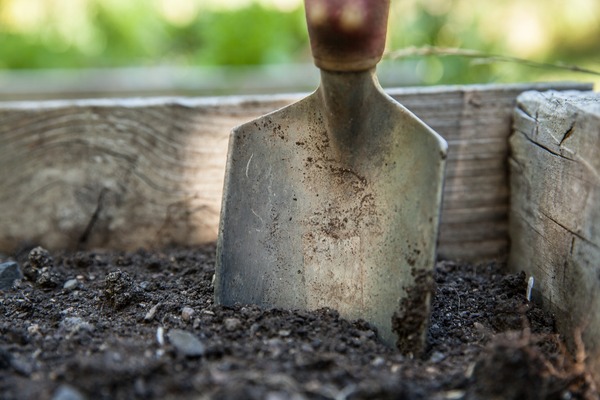Performance of Panicum virgatum Cultivars in Competition With Bromus inermis and Differing Amounts of N Fertilizer
(1) Central City High School, Central City, Nebraska
https://doi.org/10.59720/18-040
With growing demands for ethanol, many researchers are turning to Panicum virgatum (switchgrass) as a feedstock of cellulosic ethanol. This study was conducted to examine the germination, biomass, nitrogen, survival, and chlorophyll absorbance of two cultivars of switchgrass grown in competition with Bromus inermis (smooth brome) and with two different levels of nitrogen fertilizer. I predicted that these factors would affect the aforementioned variables, as nitrogen promotes plant growth, competition from other plant species detracts from nutrient availability, and these cultivars are physiologically different. The experiment was conducted in a greenhouse as 12 treatments replicated 20 times. Results indicated that the Liberty cultivar had lower germination, but higher survivorship than the Cave-in-Rock cultivar and that treatments with higher levels of competition resulted in lower biomass. Additionally, control treatments of both switchgrass cultivars grown in the absence of smooth brome had the highest levels of chlorophyll absorbance, and competition treatments had overall lower levels of nitrogen than control treatments. Both levels of nitrogen fertilizer decreased chlorophyll absorbance. Furthermore, switchgrass cultivars grown in competition with smooth brome had lower levels of nitrogen compared to control treatments. My results also indicate that during establishment, competition from other species has a greater effect than nitrogen fertilizer. Replicating this experiment for a multi-year randomized block setup would be ideal for extending this study.
This article has been tagged with: